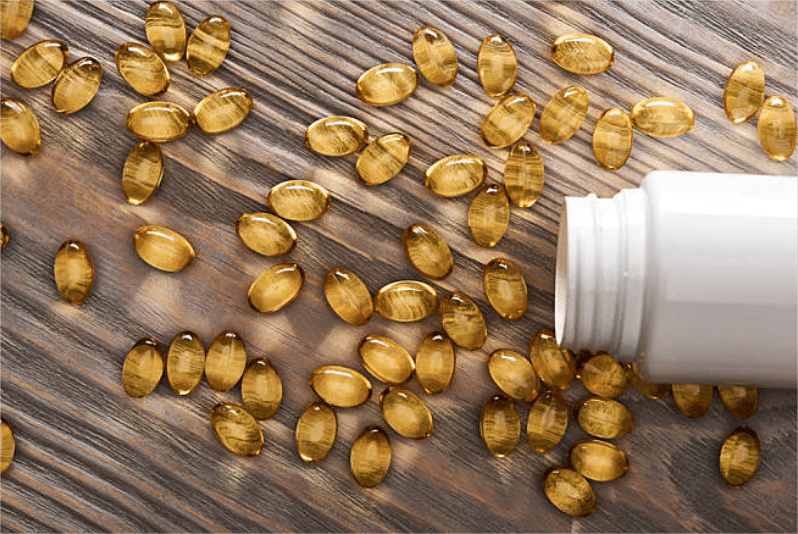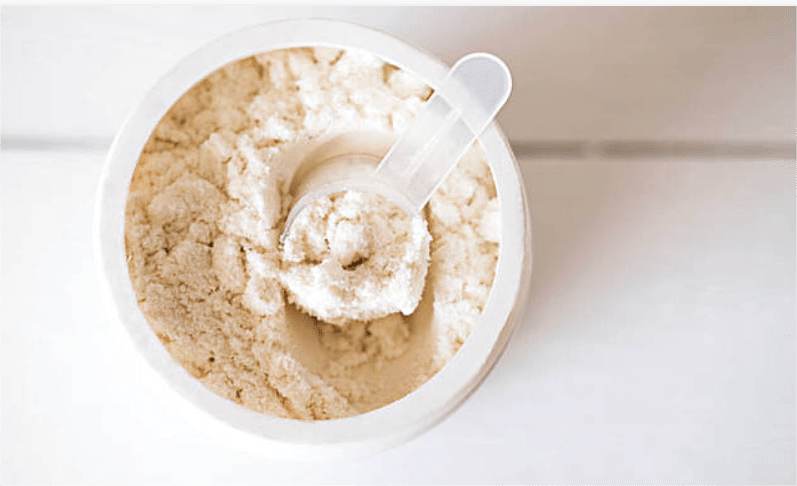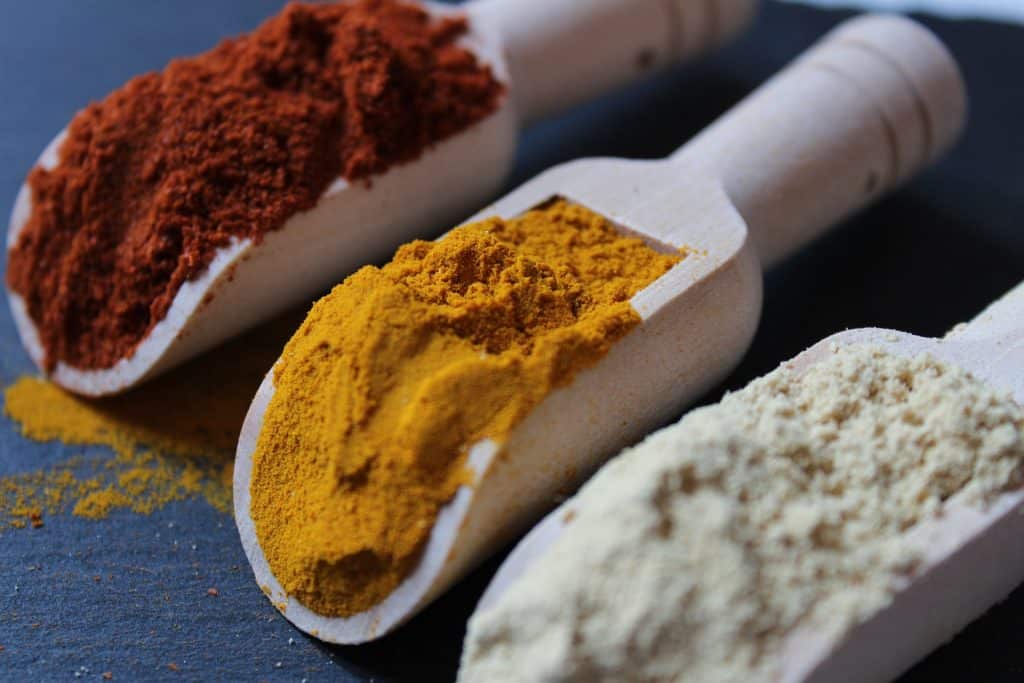►What is keratin?
Keratin is a fibrous structural protein and the main protein that makes up hair, horns, claws, and the outer layer of human skin. Keratin can protect epithelial cells from damage or pressure. Keratin monomers form bundles to form intermediate fibrous proteins (intermediate protein, IP)
Keratin peptide chains are multi-structural domain chains divided into highly conserved rod-like intermediate and telopeptide regions. The peptide chain of the rod-like structural domains exists in a periodic sequence structure of 8 peptide repeats. All intermediate fibrillar eggs have a similar peptide chain configuration. Keratin peptide chains are typically alpha helices. Acidic and basic keratin peptide chains combine to form heteromeric complex helices that are the characteristic conformational form of keratin.
More than 20 types of keratin peptides have been discovered so far, with hair keratins and epidermal keratins composed of different keratin peptide chains. Keratin contains a high percentage of cysteine, and the cross-linking of cysteine is the main cross-linking structure in keratin. The physical and chemical properties of keratin are mainly related to this cross-linking structure.
►Properties and Structure
Insoluble in water, salt solutions, dilute acids, or dilute bases. Keratin is derived from cells differentiated from ectoderm and is one of the structural proteins within these cells. Therefore, keratin is present in hair, hair, scales, feathers, nails, hooves, horns, claws, beaks, filaments, and other epidermal structures, and is a protein of feathers, hair, claws, beaks, hooves, horns as well as the gray matter of the brain, the spinal cord, and the nerves of the retina.
According to X-ray diffraction analysis, there are two types of spatial structures of keratins: α-helical structures (α-keratins) and β-folded lamellar structures (β-keratins). The former is like wool, and the latter is like silk heart protein.
Because keratin contains more cystine, the disulfide bond content is exceptionally high, and the protein peptide chain plays a cross-linking role, so keratin’s chemical properties are particularly stable and have high mechanical strength. They are not readily soluble and digestible and contain more cystine (14-15%) and nitrogen content (21-24.5%). Crushed feathers and hog hair, heat-treated for one hour at 15-20 pounds of steam pressure, increase their digestibility to 70-80% and reduce the cystine content by 5-6%.
♦ Feed and Food Industry
Feather keratin can be used as high-quality feed protein. The use of keratin can also produce an amino acid trace element chelating agent, which can react with trace metal ions necessary for the growth of livestock and poultry, generate coordination compounds with a cyclic structure, and improve the utilization rate of trace elements.
Feather keratin is also rich in glutamic acid, aspartic acid, and other fresh amino acids and can be used to produce new food additives applied to the food processing industry.
♦ Pharmaceutic
It has been found that some skin diseases are caused by the penetration of the skin by keratinases produced by fungus-like substances, and this property can be utilized for the development and exploitation of drugs for the treatment of fungus-like skin diseases. Compound keratin amino acid solution can be directly injected into the human body to supplement nutrition, replacing part of human plasma.
The cysteine in keratin has a liver-protecting effect, which can effectively prevent fatty liver, cirrhosis, and other liver diseases, and it also has remarkable efficacy in treating bladder myositis, alopecia, and toxicity disorders.
♦ Fertilizers, Pesticides and Environmental Protection
The crude powder of treated feathers contains up to about 5% nitrogen source, which can be used to produce liquid amino acid compound fertilizer as a cheaper alternative to animal manure.
Amino acids and their derivatives and metal complexes produced by keratin hydrolysis have the dual effects of sterilization disease prevention and growth stimulation on crops. They can be used as fungicides, insecticides, herbicides, and plant growth promoters. Compound amino acids are produced by hydrolyzing feathers and reacting with calcium carbonate to produce calcium compounds of compound amino acids, which can reduce pesticide residues in crops by hydrolyzing the phosphate bond in organophosphorus pesticides.
♦ Tanning Industry
The filling of cowhide upper leather with feather hydrolysis products can significantly improve the softness and elongation of the blank leather without substantially affecting the blank leather’s tensile and tear strengths or the dye’s absorption rate.
After appropriate alkali degradation treatment, the protein mixture obtained from the feather can be used as a filling material for shoe upper leather and garment leather, improving the dyeing properties of the leather and giving the leather better elasticity. In addition, the feather protein can be used as a compounding agent for chrome leather.
♦ Cosmetic Products
Keratin can be used in cosmetics. Keratin has highly resistant physicochemical properties and memorable biological roles and plays a vital role in maintaining the normal physiological function of the epidermis.
Keratinase is used in cosmetic skin care products to help active factors pass through the skin barrier, get rid of excess skin keratin, realize deep skin care, and study hair removal, which has a good prospect in skin cosmetology.
https://www.collagensei.com/wp-content/uploads/2024/07/Hydrolysed-Keratin-267×300.jpg



